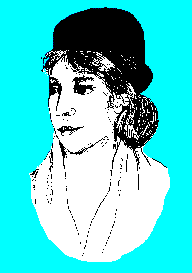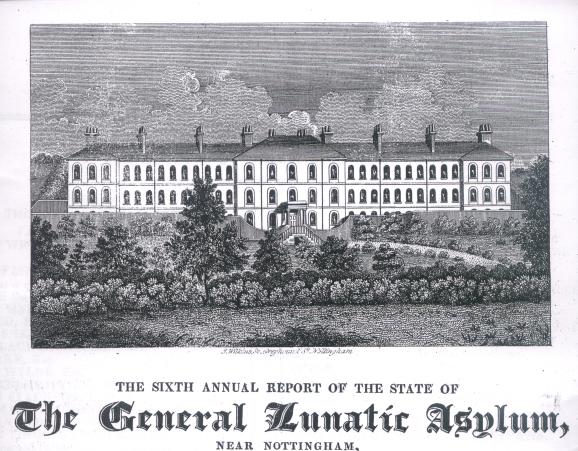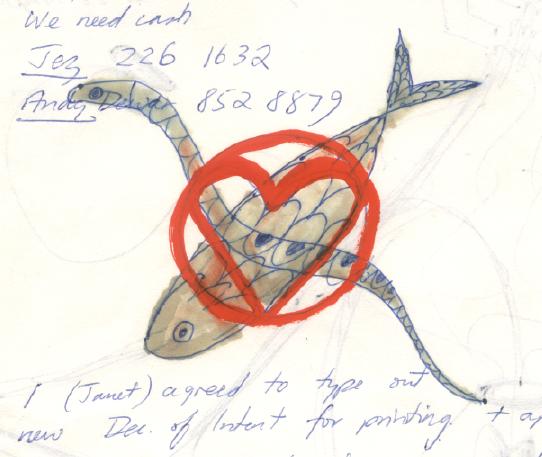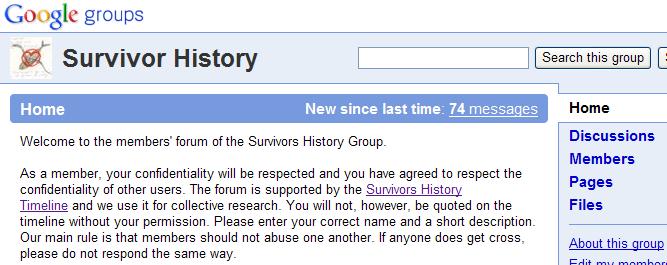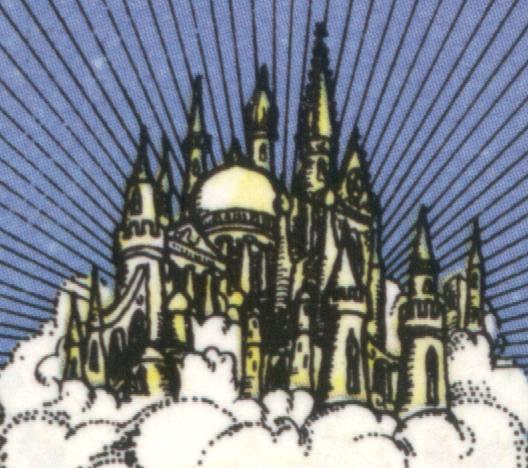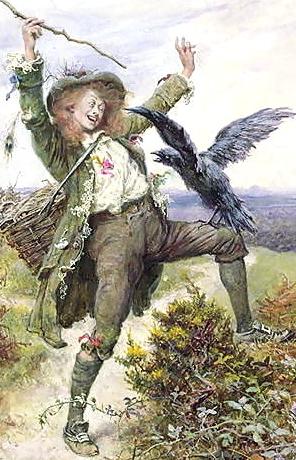
|
|
I will be talking about history from the perspective of particular
participants,
mental
patients
or
survivors.
A recent analysis
(Survivors History Group 31.3.2010) suggests
that the history of the mental patients' movement written by ourselves has
had a different content and a different methodology to that written by
others.
Our histories have tended:
1) to be histories of the movement,
2) to have a descriptive or a reflective approach,
3) to be collectively constructed
|
Other people's histories have tended to be histories of something else -
for example: "anti-psychiatry" - looked at from
the perspective of a theory of social movements.

|
Theory - movement - who wags who?
From the survivor perspective the dog is our history and we love it, from
the established perspectives of outsider writers, the tail is our movement,
their theories are the dog and that is wagging us.
|
|
The Survivors History Group started in April 2005
It was formed to preserve and
develop what the survivor movement had already done.
It inherited a rich tradition of survivor history writing.
|
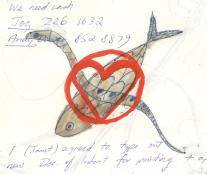
|
Survivor history writing includes
the primary efforts of individuals to record what they experience.
Joan Hughes (1928-2008) drafted a movement outline in the early
1980s and also recorded a confidential autobiography of her experiences at
the heart of the Mental Patients Union in the early 1970s
There appears to be two streams of research: a survivor stream and an
academic stream. An example of this:
|
In 1990, two survivor historians, Judi Chamberlin and Rae Unzicker
published
"Psychiatric Survivors, Ex-Patients, and Users: An observation
of organizations in Holland and England".
This survey tends not to be noted in academic publications.
|
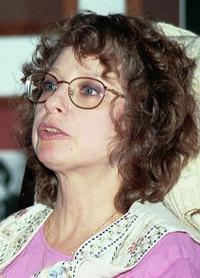
|
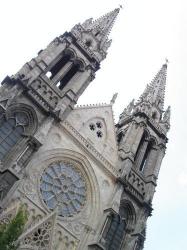
|
In 1991, academics Anne Rogers and David Pilgrim published
"'Pulling down churches': accounting for the British
mental health users' movement"
This contains a survey of the movement which is almost always noted in
academic publications.
|
What accounts for the salience of the academic's work and the invisibility
of survivor research? The two papers' above may give us a clue to one
factor:
Rogers and Pilgrim's paper is sttong on theoretical context. It analyses
the
mental health users' movement as a "new social movement" and relates this
to the article of that name by Habermas.
The empirical quality of the survivor history research stream has been
stronger than the academic stream.
(Survivors History Group 31.3.2010)
Social science academics place a very high value on critical theory and
frequently criticise concern for empirical accuracy.
Survivor historians tend to place an equally strong value on getting our
empirical descriptions right and even avoiding theory.
1996 Peter Campbell and reflective history
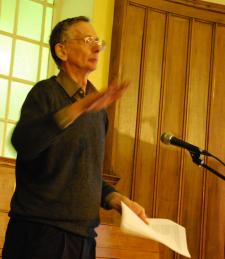
|
|
Peter Campbell, a founder of
Survivors Speak
Out
in 1985 has written many
reflective articles on the movement.
in 1996, his
"The history of the user movement in the United Kingdom" was
published as chapter 26 in the Open University reader Mental Health
Matters.
This is the classic reflective history of the United Kingdom
movement. By reflective I mean that Peter does not simply recount history,
but does so as a reflection on its significance for the movement.
|
Reflecting on the significance of history in this way tends to be
individual and shared - On the Survivor History internet forum, for
example.
But not collective. The Survivor History web site aims to be descriptive
and relatively neutral with respect to interpretation.
Collectively, we have deliberately avoided creating a "party line".
The Health Through History Initiative
History is more than a research method for survivors.
Tower Hamlets African
and Caribbean Mental Health Organisation (THACMHO) was started
by mental
health service users in 1996. Its projects include "The Health Through
History Initiative".
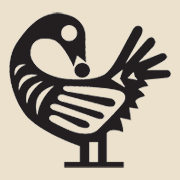
|
|
One of its symbols is the Sankofa bird that flies forward
while looking backward with an egg in its mouth. The egg symbolizes the
future. We must go back and reclaim our past so we can move forward; so we
understand why and how we came to be who we are today.
|
1997-1998
Reclaim
Bedlam
and
Peter Beresford's Asylum museum dream
In 1997 Royal Bethlem Hospital commemorated its 750th Anniversary and
precipitated a dramatic conflict with some mental health service users over
the interpretation of history.
A group of mental health survivors took to the streets in "Reclaim Bedlam"
protests. It was out of this that
"Mad Pride" developed.
Reflecting on this conflict in 1998, Peter Beresford argued that
"If mental health service users/survivors are to take charge of
our future, then we must also regain control of our past".
Before all the old asylums were converted into luxury flats, Peter called
for lottery millions to be poured into preserving one as a museum and
archive run by psychiatric system survivors.
There were to be two aspects to this memorial:
First, it was to preserve a user's view of psychiatry's
history (and present).
Second, it was to preserve and publicise the history
of the mental health survivors movement.
Frank Bangay, 1999 Naked Songs and Rhythms of Hope
Frank Bangay's collected works, Naked Songs and Rhythms of
Hope was launched at Mad Pride's "first ever gig" on June 20th 1999.
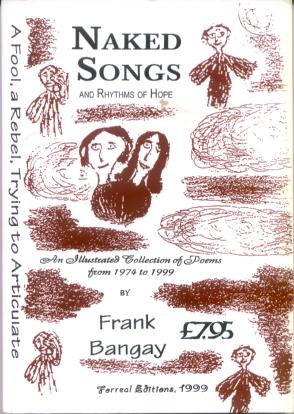
|
|
Frank once said
"our poetry and other
forms of creativity are our only voice, and the only way we really have of
communicating our experiences"
He has made poetry the core of his history writing. Copiously
annotating his poems sothat they provide both the detail and the emotion of
the more working class origins of the survivors' movement.
His work combines individual biography and movement history.
|
On Our Own
Terms 2000-2003
On Our Own Terms is the most important printed empirical contribution to
the academic history of the survivor movement so far. No one else has
attempted anything approaching it.
The whole research project was
collectively controlled by survivors. Depite its academic credentials it is
often not noticed by historians outside the survivor history movement.
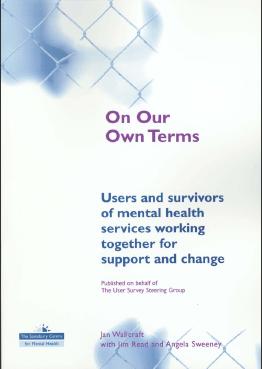
|
|
On Our Own Terms is a survey of the user movement in England in the context
of an analysis of its historical development. It provides a snapshot of the
movement at the time and one of the few efforts to provide quantitative
data on the development of the movement.
A core of the report is an analysis of
318 questionnaires returned by user groups in England. The historical
dimension is provided qualitatively in a table of "Key developments in the
service user/survivor movement in England" and quantitatively by analysing
when the groups started and what that indicates about the growth tendency
of the movement.
|
The On Our Own Terms research is the immediate background to our own work
and several of the people involved in it are active members of the Survivor
History Group. The Survivor History Group later used its historical table
as one of the starting points for our web history of the movement.
Survivors History Group - archives
Survivors History Group
began in 2004/2005 as an archival project to rescue
the physical history of the mental patients' movement from the skip.
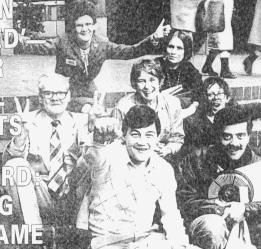
|
|
The first artifact we preserved (as a group) is a video of a presentation
called
"Life after Mental Illness"
that members of Glasgow Link Clubs made
at a Mind Conference in 1984.
This is believed to be the first time that
mental patients made a collective presentation to a Mind Conference.
|
Individually, some of our members preserve extensive archives in their own
homes. These include the records of the Scottish Union of Mental Patients
(1971-1972) the Mental Patients Union started in London in 1973, Survivors
Speak Out (1986-2009) and the United Kingdom Advocacy Network
(1991-present).
We are
seeking ways to preserve such collections for future public access.
In the meantime we have adopted a policy of
listing important archives in a way
modelled on the idea of listed buildings.
Survivors History Group - manifestos
A summary manifesto drafted in July 2005 became the basis for a fuller
statement in January 2006
|
The short manifesto said that
We are to be survivor-led and operate as an independent group, but will
willingly cooperate with interested allies.
We did not want to impose a history on others, but to find ways in which
the full diversity of user/survivors can record and share history.
We also wanted to draw on the
different forms that survivor history has taken
The long manifesto commented on the construction of
history to the
exclusion of the patient and on the need for a space in which patients
could make our own history.
Our "basic founding
principle" was to be that "service users own their history".
We would
"acquire materials from the full range of people involved in the mental
health service user movement"
"develop a
publications policy" and "make as much material as possible available
electronically".
|

|
Survivor History web
http://studymore.org.uk
We adopted some lateral thinking to adapt Peter Beresford's founding vision
to our practical means.
Our visitors come quietly in by the world wide web and sometimes
email us with contributions to the exhibits. But the web site is an
an archive and a museum. It is copied every six months or
so by the
UK Web Archive for perpetual preservation. Anything we put
on it will be preserved as securley as a book in the British Library or and
exhibit in the British mueseum.
The website was adopted by the group in June 2007. The "studymore" site was
created to enable archiving by the National Web Archive and this began the
following month.
The pictorial fish - heart - snake logo was adopted from the
archives of the Mental Patients Union at the same time.
The website includes:
The story/stories of the movement in the form of a timeline.
Individuals' stories inter-related to the story of the movement.
Detailed information boxes about individual events or groups.
Indexes of
survivor history related features in magazines such as Asylum and Open
Mind.
Reviews and summaries of books and articles about survivor history.
Copies of articles.
Copies of documents and images from the movement's history.
Lists of paper records about groups. Lists of books and pamphlets and
records of where papers, books and pamphlets are preserved.
|
The web page began with documentation of material about the 1970s in the
care of Andrew Roberts, but a multitude of other
contributors have added to the story and the site is now a collective
history of the survivors movement and its context which everyone is invited
to contribute to.
|
|
Survivor History internet forum
|
The Survivors History internet forum began in June 2008.
It is a Google
Group modelled on one previously established by the United Kingdom Advocacy
Network.
The reason for setting it
up was to avoid the bottlenck of material all going through the Secretary
before it reached members or the public via the web.
The forum now has about seventy members and active discussions most
days.
We are careful about the titles used for threads and about archiving
the emails so that they can easily be used for our research.
|

|
Theory of history
|
John Stuart Mill
argued that there are stages or levels of history writing.
They are levels in the sense that one
is higher than an another, and that the higher should rest on the ones
below, and stages in the sense that we need to pass through them, we cannot
start at the top.
|
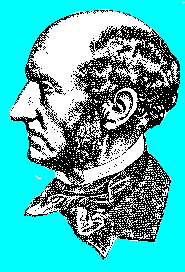
|
A fantasy
John Stuart Mill on the methods of the Survivor History Group
and
their relationship to the methods of social scientists

|
"The survivor history group represents the methods of history
writing that
we need to begin with in childhood and in the infancy of science. It is
based on attempts to copy stories, arrange matters in date order, and study
how this relates to written records."
"Sociology represents the highest stage of history writing.
Sociology
attempts to trace the laws that relate the observed events of history. In
my time it was represented (amongst others) by
Auguste Comte and
Marx and Engels. In your time it is represented by people like
Michel Foucault,
Jürgen
Habermas and
Zygmunt Bauman."
|
Methods of Survivor History
|
I made an analysis of the methods used by a range of historians of the
survivor movement. This is the list of methods I abstracted. I have
arranged the in some kind of correspondence to Mill's levels - Starting at
the foundations and rising to the dreamy spires.
|

|
Participants' memories/stories
Interviews (Secondary collection of above)
Diaries and autobiographies
Questionnaires
Contemporary observation and participant observation
Archive collection
Primary analysis of movement literature and relevant media reports
Putting things in date order
Annotating poems
Reading and reflection
Secondary analysis of literature
Discourse analysis and other sociologically informed approaches
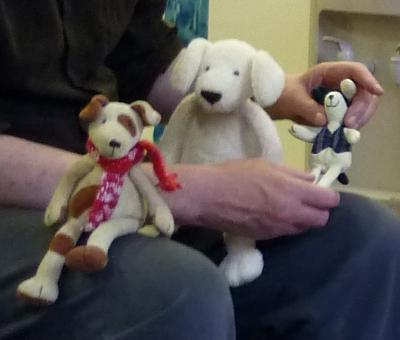
|
|
Goodbye
An that is where I will leave you - With the reflection that buildings with
dreamy spires and no foundations do exist. We see them in the clouds
|
They were used to illustrate the cover of
Julie Ford's
Paradigms and Fairy Tales. An Introduction to the Science of
Meanings in
1974.
Julie was my tutor and it has not been my intention to deride the
importance of imagination in the construction of social science.
It is possible for
description and
reflection to live in partnership with
imagination and
theory.
It is also possible for academics to respect the care
that survivors have given to the
construction of an
empirical history of
our
movement.



